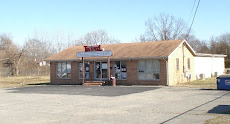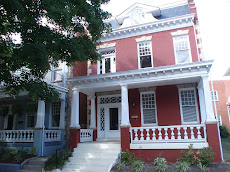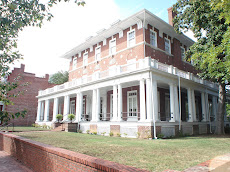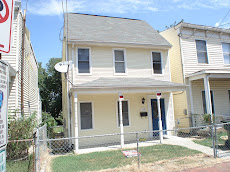SUMMARY OF THE CENTRAL VIRGINIA AREA HOUSING MARKET ANALYSIS
2nd Quarter 2010 courtesy of Richmond Association of Realtors
National and Local Economic Overview
The national economy slowed in the second quarter of 2010 as many indicators decelerated from their growth rates in the last half of 2009 and the first quarter of this year. One of the reasons for the slowdown in the economic recovery was a growing concern about the financial stability of Western Europe. This concern caused some negative volatility in the financial markets in the U.S., but those concerns seem to be subsiding as the EU central banks have acted and as many have realized how small the troubled countries’ economies are relative to all of Western Europe.
Another reason for the slowing is a following of historical trends—after a recession the economy bounces sharply and then grows more slowly. It is likely that economic measures over the past few months are indicating a slow patch and continued adjustment will be seen before a steadier and sustainable climb will be realized. The Richmond economy is clearly in a better position in 2010 than in 2009, and is almost back to realizing job growth again, which will be a very positive sign for the housing market.
Home sales nationally reflect what most analysts had predicted—a decline coincident with the ending of the tax credits. With a gradually improving economy and jobs picture, the housing market will recover as it begins to stand on its own feet again but it will likely take the rest of this year for the bumpiness to smooth out.
Central Virginia Area Housing Market
After several quarters of upticks in sales activity, pending sales, and active listings, coupled with price declines, the pattern has changed slightly in the second quarter of 2010. Home sales activity is up significantly in the second quarter of 2010. Prices are still down, though the declines are more modest than they have been in recent quarters. Both the number of pending sales and the number of active listings are lower in the second quarter of 2010 than they were a year earlier.
Nevertheless, when 2010 Year to Date numbers are compared with the first six months of 2009, the number of sold units in 2010 (5,254) is 18% better than 2009, while the number of pendings (6,588) is 1.7% higher.
Home Sales
Sales activity has been on the rise since the third quarter of 2009, but the number of home sales accelerated significantly in the second quarter of 2010. In the Central Virginia region, there were 3,696 homes sold in the second quarter of 2010. (See figure 3.) The number of sales is up 22 percent over the number of sales in the second quarter of 2009.
The dramatic acceleration in home sales can be attributed largely to the Federal homebuyer tax credits, which were available to home buyers who had a signed contract by the end of April and closed by the end of June. (Recent legislation extended the deadline for closing though no additional homebuyers who had a signed contract after April 30 a eligible for the credit.) Many homebuyers purchased a home in the spring, rather than waiting unit the summer, in order to take advantage of the credit. As a result, a drop off in sales will likely be seen in the third quarter of this year.
There were 3,151 sales in the Richmond Metro Area in the second quarter of 2010, which was up 23 percent over the second quarter of 2009. The biggest jump in sales was in Henrico County, where the number of sales increased by 28 percent. In the Tri Cities Area, there were 258 sales in the second quarter of 2010, up 16 percent over the second quarter of 2009.
Looking over the first half of 2010 provides a similar picture. There were a total of 5,684 sales
year-to-date (YTD) in the Central Virginia region compared with 4,887 sales in the first half of
2009, reflecting an increase of 16.3%.
Pending Sales
Pending sales numbers give an indication of future sales activity. After being up for several quarters in a row, the number of pending sales in the Central Virginia region was down in the second quarter of 2010 compared with the second quarter of 2009. This decline probably represents quicker movement from pending to closed for homebuyers looking to take advantage of the homebuyer tax credit. This drop also provides further evidence that sales in the third quarter of 2010 will likely be somewhat lower.
In the Central Virginia region, there were 3,579 pending sales in the second quarter of 2010, down eight percent from the second quarter of 2009. There were 3,037 pending sales in the Richmond Metro Area and 266 pending sales in the Tri Cities Area and both numbers were down seven percent from a year earlier.
Outlook for 2010
The end of the second quarter of 2010 marks the end of the Federal homebuyer tax credit programs and the beginning of a regional housing market that will need to stand on its own two feet. The supply of housing for sale has started to moderate, with the number of active listings in June 2010 about the same as the number of June 2009. Demand will dip in the summer, as a result of homebuyers having pushed up purchases to the spring, but will return later in the year as the region’s economy improves. A somewhat smaller inventory and an increase demand should help spur the region’s housing market in late 2010 and into early 2011.
Subscribe to:
Post Comments (Atom)














































No comments:
Post a Comment